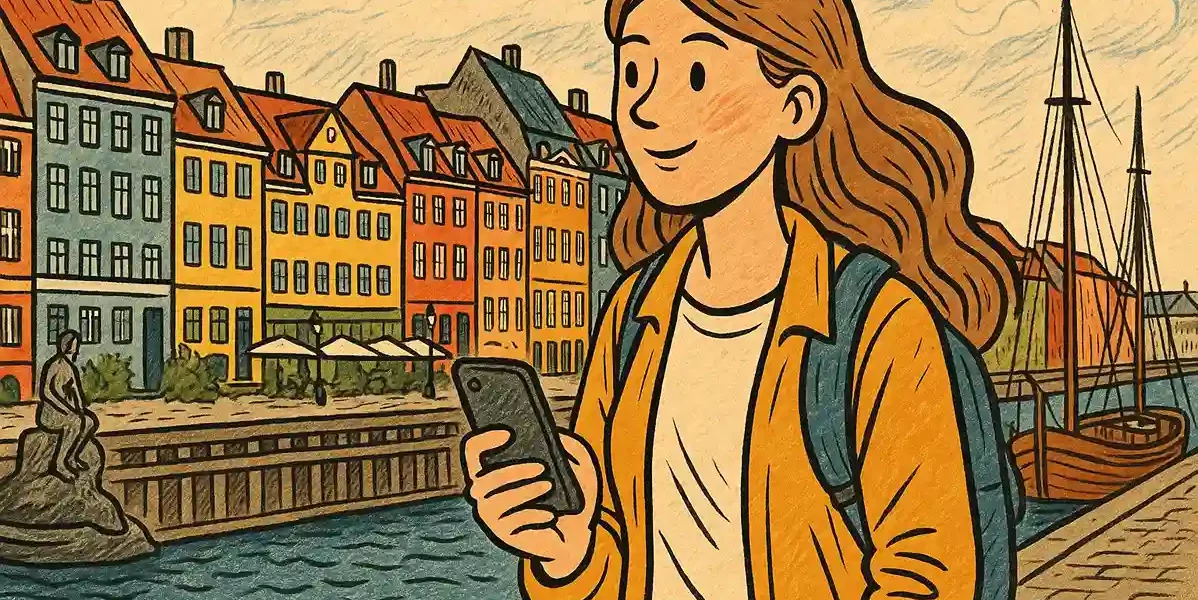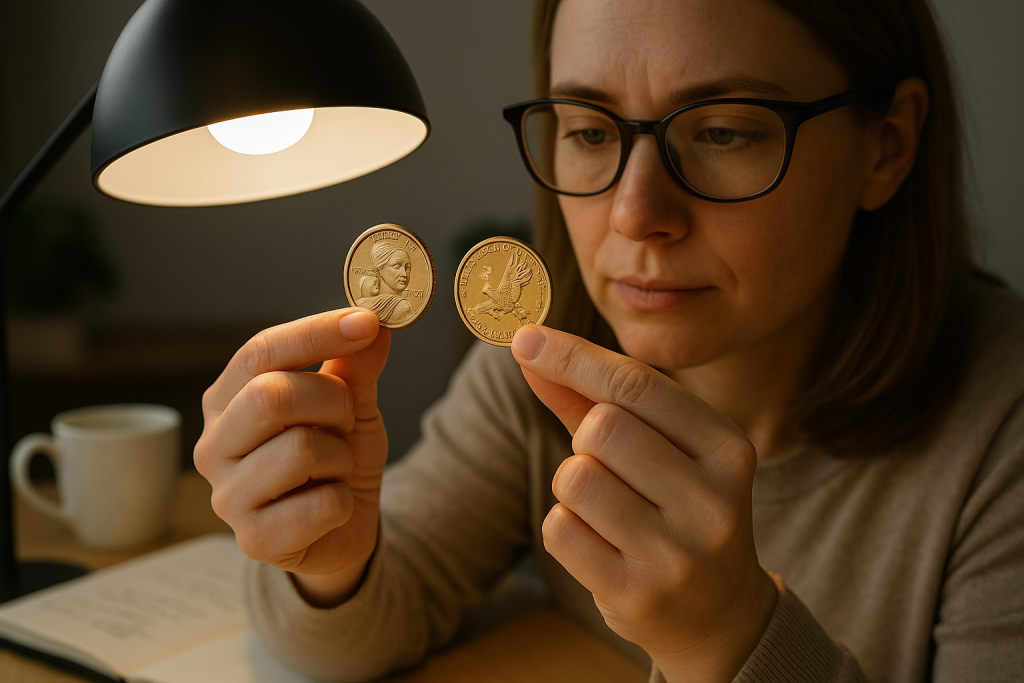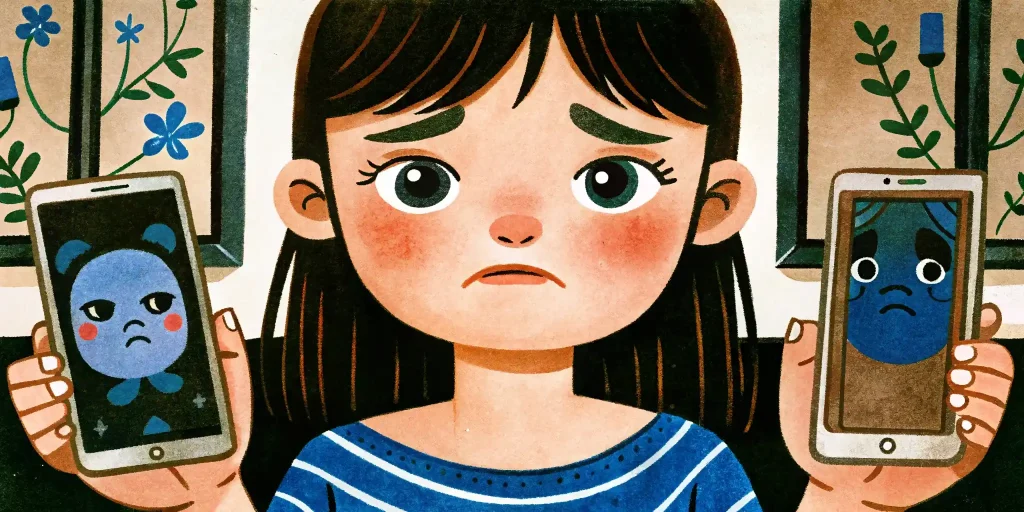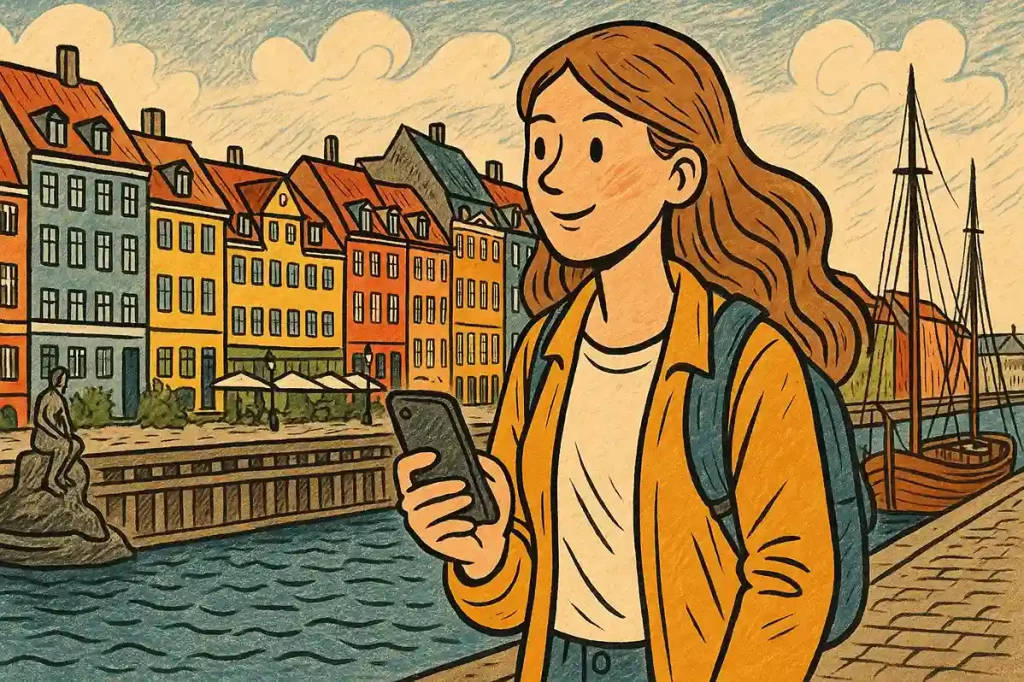Preparing for your first visit to Denmark? Hope you’ll love it! In a world where questions like “how can I tell what my husband is looking at on his phone” reflect our desire for clarity and peace of mind, travel offers a welcome contrast—a way to unplug from digital noise and immerse ourselves in something real. But before you start exploring Denmark, you might need some practical tips: on commuting, culture, interesting spots and more. In this article, we’ve collected some of the essentials: how to move, where to go, how to stay connected with your companions. Keep reading and stay informed!
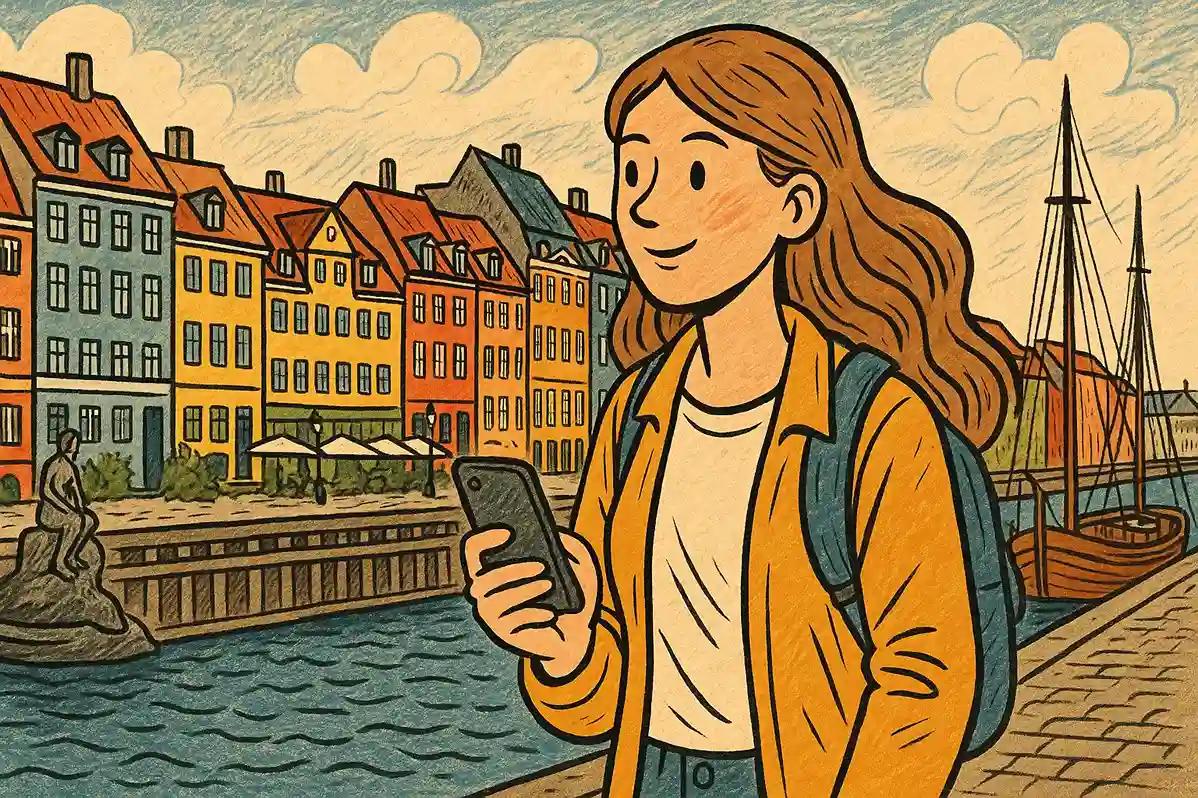
✅ Best Time to Visit:
Timing your trip right can drastically enhance your experience. Denmark’s climate is relatively mild year-round, but if you want to enjoy long days, mild weather, and vibrant festivals, aim for:
| Season | Highlights | Travel Tip |
| Late Spring (May – June) | Blooming gardens, fewer crowds, lower prices | Ideal for outdoor explorers and photographers |
| Summer (July – August) | Peak tourism, beach trips, long daylight | Book accommodation early to avoid price hikes |
| Early Autumn (September) | Cultural festivals, warm tones in nature | A sweet spot between summer buzz and serenity |
✅ Local Currency and Cashless Culture:
Denmark runs smoothly on cards. From street food vendors to train stations, mobile payments (like Apple Pay or MobilePay) and credit/debit cards are preferred. No need to stock up on Danish krone—just ensure your card works internationally.
✅ Apps to Download:
For a seamless experience on the ground, these apps are must-haves:
- DSB: National railway app for tickets and train schedules.
- Rejseplanen: Multimodal trip planner that combines trains, buses, and metro.
- Google Maps: Works reliably for navigation in cities and rural areas.
- Number Tracker: A smart companion that helps manage phone usage, track unfamiliar calls, and avoid roaming mishaps while abroad.
Must-Visit Destinations in Denmark
Denmark isn’t just a single experience—it’s a collection of vivid atmospheres, each offering something new. From the urban creativity of Copenhagen to the quiet dunes of Skagen, each city invites a different kind of joy.
1. Copenhagen – The Creative Capital
Denmark’s capital is more than just a pretty face; it’s a dynamic blend of culture, sustainability, and innovation. Here’s what not to miss:
- Tivoli Gardens: One of the world’s oldest amusement parks, it’s a nostalgic delight in the heart of the city.
- Nyhavn: The iconic harbor lined with colorful townhouses, cafes, and boat tours.
- The Little Mermaid Statue: A must-snap photo op rooted in Hans Christian Andersen’s legacy.
- CopenHill: A power plant turned ski slope—yes, really. It’s Denmark’s quirky commitment to green living.
- eBike Tour to “The Forgotten Giants”: Explore massive hidden sculptures scattered in the suburbs, a modern myth brought to life.
Pro Tip: Use the Copenhagen Card for free transport and discounts to 80+ attractions.
2. Aarhus – Where Art and History Embrace
Denmark’s second-largest city combines youthful energy with deep cultural roots.
- ARoS Art Museum: Don’t miss the rainbow-colored rooftop panorama walk.
- Moesgaard Museum: Cutting-edge displays on prehistory and ethnography.
- Latin Quarter: A maze of artisan shops, book cafés, and boutique fashion.
If Copenhagen is the country’s pulse, Aarhus is its creative heartbeat.
3. Odense – Hometown of Hans Christian Andersen
Step into a fairytale in the city that birthed one of the world’s most beloved storytellers.
- H.C. Andersen Museum: A high-tech homage to his life and stories.
- Old Town Quarter: Cobblestone streets, half-timbered houses, and cozy pubs evoke centuries past.
- Botanical Garden: A tranquil escape if you need a break from sightseeing.
Perfect for families and fans of European charm.
4. North Zealand – The Danish Riviera
Want castles, beaches, and a royal vibe? This is your spot.
- Kronborg Castle: Recognized globally as Elsinore, the setting of Hamlet.
- Frederiksborg Castle: A Renaissance masterpiece with manicured gardens and rich interiors.
- Coastal Villages: Sleepy fishing towns with great seafood and sandy shores.
Table: North Zealand Quick Facts
| Attraction | What It Offers | Ideal For |
| Kronborg Castle | Shakespearean heritage | History buffs, photographers |
| Hornbæk Beach | White sand and clear waters | Summer travelers |
| Hillerød | Boutique shops and local eateries | Day-trippers from Copenhagen |
5. Northern Jutland – Nature’s Raw Canvas
This is Denmark in its purest form—untamed, dramatic, and windswept.
- Thy National Park: Denmark’s first national park, a sanctuary for hikers and bird watchers.
- Skagen: The point where two seas collide—North Sea and Baltic—creating a surreal natural spectacle.
- Rubjerg Knude Lighthouse: A partially buried lighthouse standing defiantly in the shifting dunes.
Perfect for those chasing solitude, stormy coastlines, and windswept memories.
6. Ribe – A Medieval Time Capsule
Denmark’s oldest town is a journey into Viking lore and cobbled alleys.
- Ribe Cathedral: Tower climb for panoramic town views.
- Ribe Viking Center: Live re-enactments, longhouses, and Viking warriors bring history to life.
- Night Watchman Tour: A unique nighttime walk guided by traditional town guards.
Charming, historic, and under-the-radar—ideal for slow travelers.
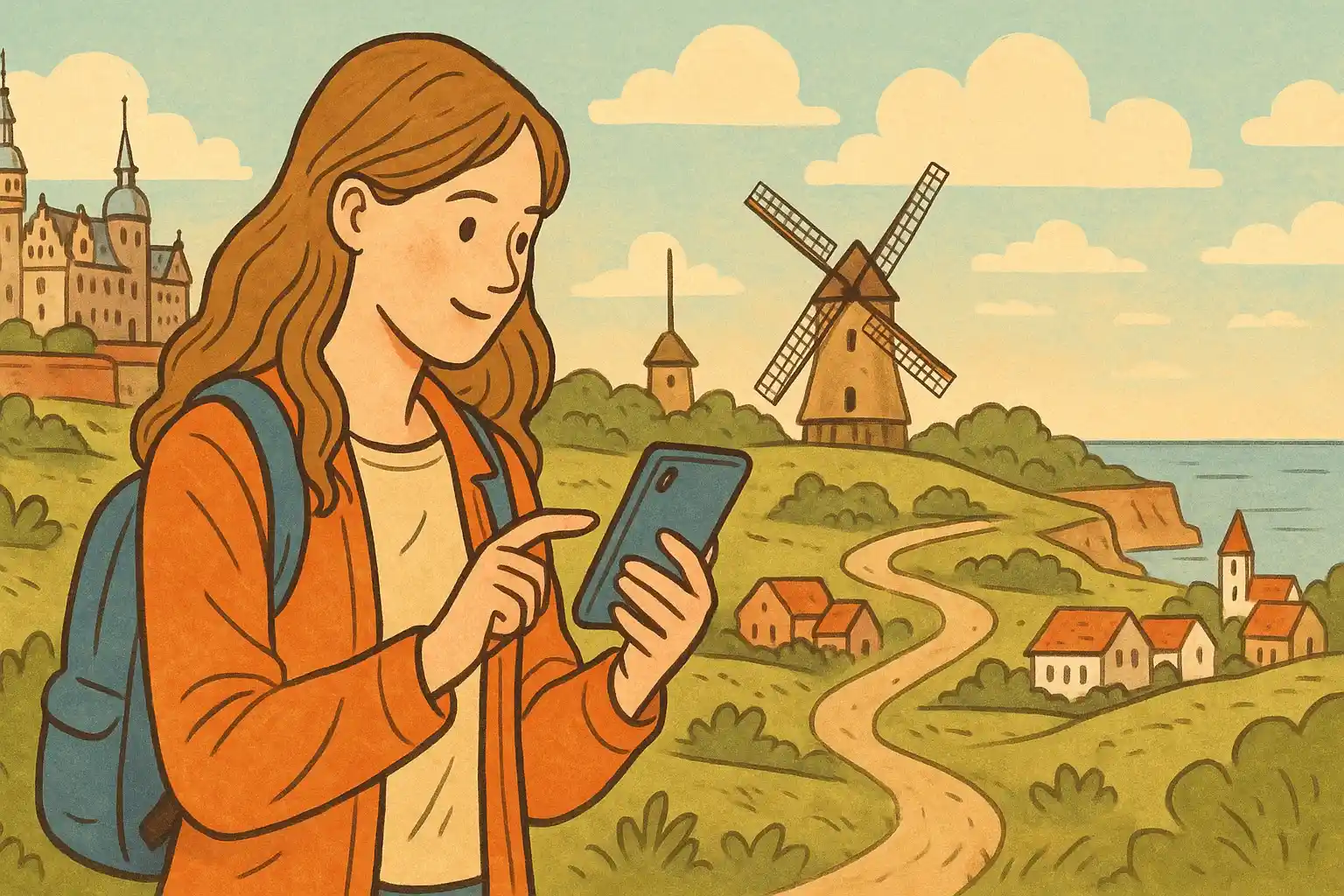
Getting Around Denmark
Denmark’s excellent transportation network makes exploring easy:
- Trains and Buses: The Danish rail system (DSB) is reliable and connects major cities. Regional buses cover smaller towns. Apps like DSB and Rejseplanen help you plan routes and buy tickets.
- Biking: Denmark is famously bike-friendly, especially Copenhagen, with over 10,000 km of cycling routes. Renting a bike is a great way to explore cities and countryside alike.
- Ferries and Domestic Flights: With over 400 islands, ferries are essential for island hopping. Domestic flights connect cities like Copenhagen and Aarhus.
- Driving: Renting a car offers flexibility, especially for exploring rural areas and scenic routes like the Marguerite route.
Safety Tips for Travelers
Denmark is one of the safest countries globally, with low crime rates and a high safety index. However, travelers should remain vigilant:
- Stay alert in crowded tourist areas to avoid pickpocketing.
- Be cautious around areas with known gang activity, such as Christiania in Copenhagen, where photography is discouraged.
- Respect local customs, such as quiet zones on trains and the cashless payment culture.
Commute Tips
Denmark’s size is part of its charm—it’s compact enough to explore extensively, yet rich enough to offer vastly different experiences within short distances. Here’s how to get around without a hitch:
🚄 1. Trains and Public Transport
Denmark’s national rail system, DSB, connects all major cities and is the backbone of cross-country travel.
- Copenhagen to Aarhus: ~3 hours by direct train
- Copenhagen to Odense: ~1.5 hours
- Aarhus to Aalborg: ~1.5 hours
For smaller towns or last-mile connections, buses operated by Movia (eastern Denmark) and Midttrafik (central regions) are reliable and punctual.
Essential Apps:
| App | Purpose |
| DSB App | Train schedules and ticket booking |
| Rejseplanen | Real-time travel planner for all modes |
| DOT Tickets | Regional metro and bus tickets |
Pro Tip: Denmark relies on digital ticketing—always purchase your ticket before boarding to avoid fines.
🚴 2. Biking – Denmark’s Favorite Mode of Travel
If Denmark had a national sport, it would be cycling. With over 10,000 km of dedicated bike paths, the country is a paradise for two-wheel enthusiasts.
Why You Should Rent a Bike:
- Eco-friendly and economical
- Great for exploring hidden gems and local neighborhoods
- Often faster than public transport in cities
Copenhagen is frequently ranked the most bike-friendly city in the world, thanks to:
- Separated bike lanes
- Smart traffic lights for cyclists
- Bike-only bridges like the Bicycle Snake (Cykelslangen)
💡 Many cities offer app-based bike rentals, including Donkey Republic and Bycyklen (Copenhagen).
⛴️ 3. Ferries and Domestic Flights
With over 400 islands, Denmark integrates sea travel into everyday life. Ferries aren’t just scenic—they’re often the most direct way to reach places like Bornholm or Ærø.
- Scandlines: Connects Zealand with Germany and Sweden
- Molslinjen: Operates high-speed ferries between Jutland and Zealand
- Bornholmslinjen: For trips to the island of Bornholm
For longer distances (e.g., Copenhagen to Aalborg or Billund), domestic flights are available but not essential unless you’re on a tight schedule.
🚗 4. Renting a Car
Renting a vehicle gives you flexibility, especially for countryside routes like the Marguerite Route, a scenic 3,500 km drive through castles, fjords, cliffs, and coastal villages.
| Reason to Rent | Ideal For |
| Off-the-beaten-path travel | Exploring national parks, Viking ruins, or seaside towns |
| Families | Traveling with children or luggage |
| Photographers | Chasing light and landscapes |
Denmark’s roads are in excellent condition, signage is intuitive, and tolls are minimal. Just remember: headlights on at all times, and drive on the right side of the road.
Enhance Your Trip with Technology
Denmark consistently ranks as one of the safest countries in the world. Still, good travel habits go a long way toward ensuring peace of mind.
✅ General Safety Tips:
- Pickpocketing is rare but can occur in crowded areas like Nyhavn, Tivoli Gardens, and train stations. Use anti-theft bags and keep valuables close.
- Respect local norms, such as observing silence in designated quiet zones on trains.
- Avoid certain areas of Christiania after dark, and always respect the community’s no-photography policy.
✅ Tech Safety:
Stay digitally protected and connected with Number Tracker, especially useful for:
- Managing unknown calls and messages
- Avoiding roaming charges with smart usage insights
- Ensuring peace of mind if you misplace your SIM or switch local providers
It’s a smart companion for digital-first travelers, especially when navigating unfamiliar networks abroad.
Denmark isn’t designed to dazzle in grand gestures. It seduces in silence—in the rhythm of a bicycle wheel on a cobblestone street, in the clink of coffee cups under rainy skies, in the echo of waves where the seas meet at Skagen.
To make your trip truly joyful:
- Plan smartly—but leave space for serendipity.
- Be prepared—but let your curiosity lead.
- Use technology wisely—but don’t forget to disconnect.
Denmark rewards the observant, the respectful, and the slow traveler. Whether you’re here for three days or three weeks, the memories you create will likely echo the Danish ethos: simple, meaningful, and unforgettable.

